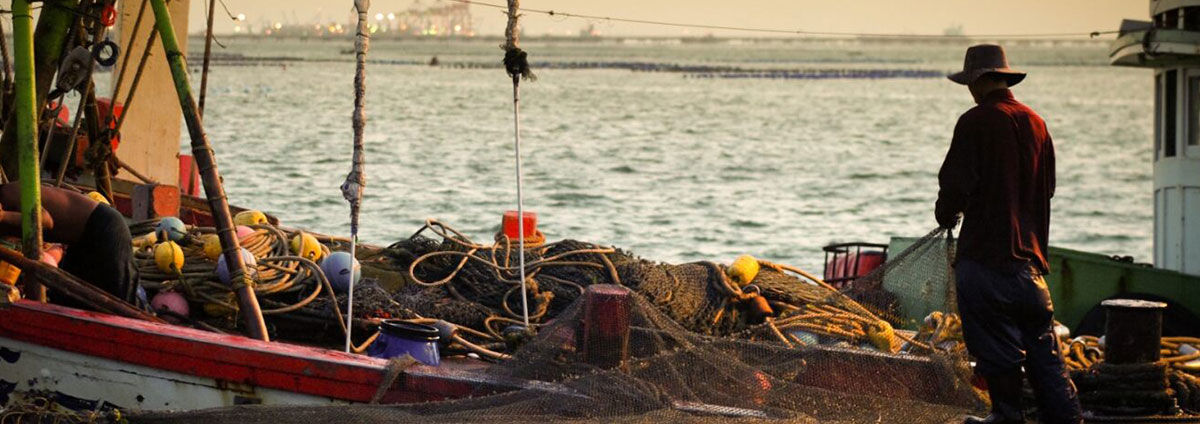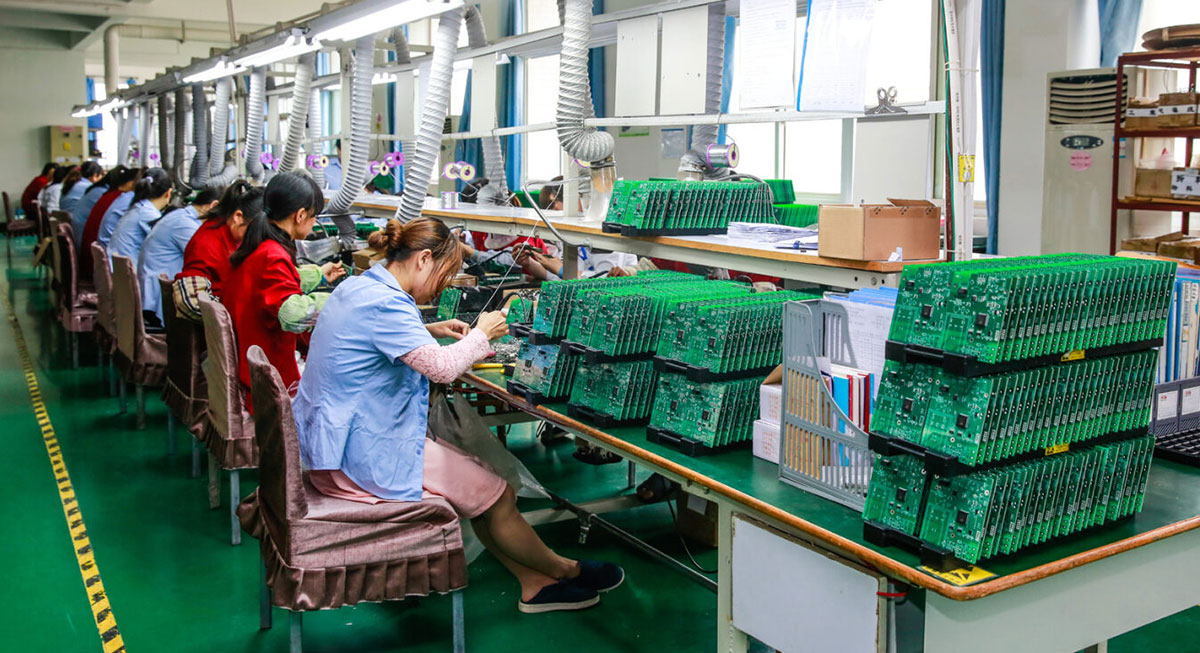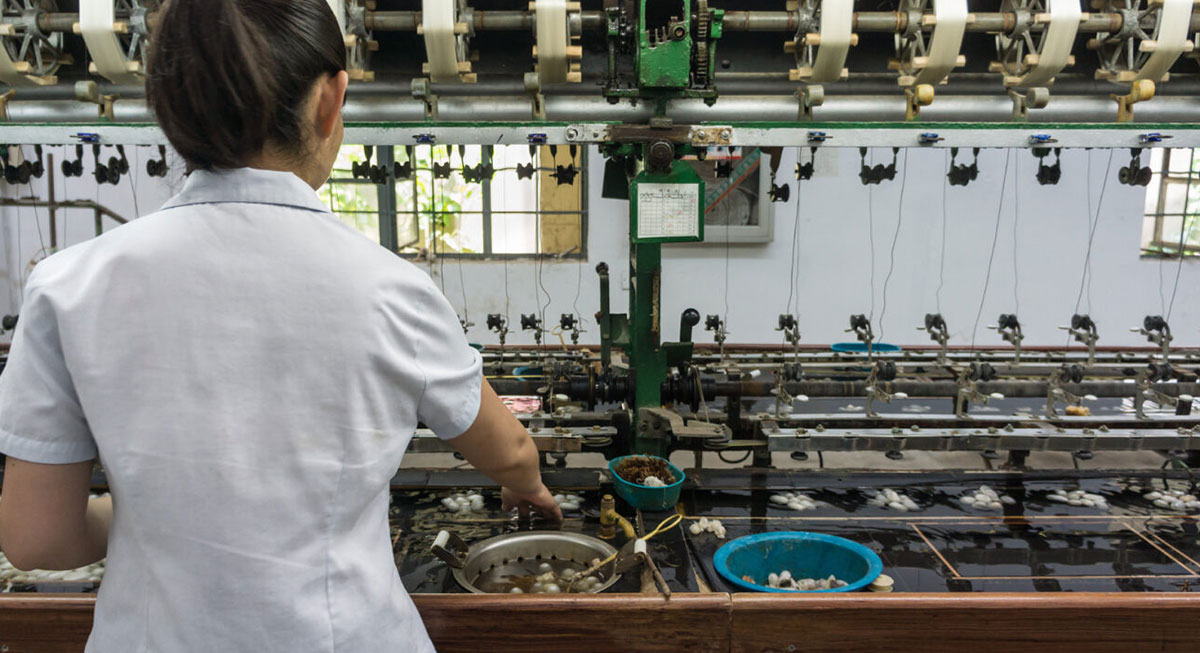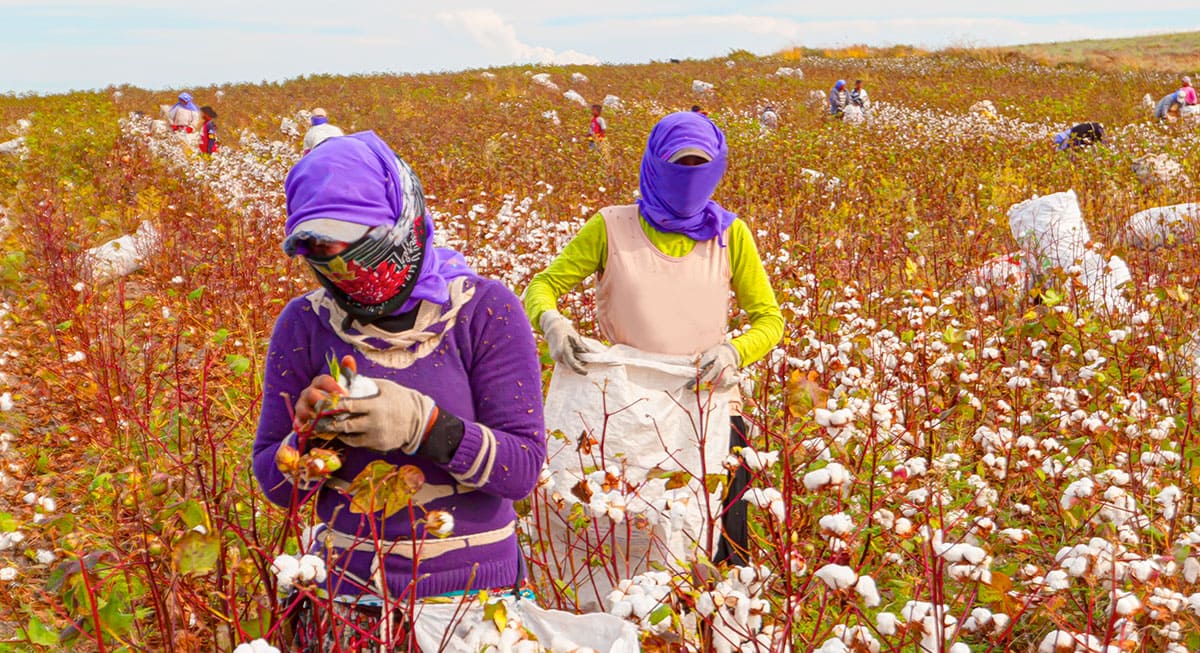Understand the Risks of Forced Labor in Global Supply Chains

Sector – Operations
The way companies structure their business – what they do themselves or subcontract to others – presents different risks in their products and labor supply chains.
Offshoring
Offshore Manufacturing

Industries that rely heavily on overseas production in countries with weaker labor standards or limited enforcement capacity are at risk of forced labor in their supply chains. Such cost-driven offshoring of production is associated with lower wages and fewer protections for workers, either required and enforced by government authorities or provided by employers. In a number of cases, countries with lower operating costs have adequate labor laws but lack the capacity to monitor or enforce them. The risk is particularly high in countries with large populations of foreign migrants or displaced people seeking work.
Outsourced Recruitment
Reliance on Labor Recruiting

Industries that rely on labor recruiters or other third-party intermediaries to recruit, hire and/or manage their workforce are at increased risk of having forced labor in their supply chains. Recruitment agents often provide valuable recruitment and migration facilitation services. However, because of significant gaps in the regulation and monitoring of the recruitment industry, there is widespread exploitation of jobseekers, particularly foreign migrants. Exploitive practices include:
- Deception of jobseekers as to the true nature and/or conditions of the job
- Charging of recruitment fees and expenses, amounting to as much as a year’s pay or more
- Withholding of personal identity documents in the case of broker-managed employment
- Substandard living conditions in the case of labor agent-managed housing
- Threats of terminating contracts, forfeiture of savings, and blacklisting for reporting unethical practices
- Debt bondage – workers in debt have little leverage to advocate for themselves in the workplace, making them vulnerable to other elements of forced labor, as well.
See additional information on specific risks to migrant workers in the Migrant Workers section.
Supply Chain Visibility
Long, Complex, or Non-transparent Supply Chains

Industries with long, complex, or non-transparent supply chains are more likely to be at risk for forced labor than those whose supply chains are short and provide good visibility to conditions into the tiers. This is because the complexity of multiple tiers and layers of business relationships makes both cascading human rights standards and monitoring for abuses upstream difficult.
As a general rule, risks for forced labor are greater the further “upstream” you go toward raw materials. Jobs at the primary production level (in agriculture, for example) tend to involve more seasonal and “three D” work and a more vulnerable workforce.
At the same time, a number of different business practices contribute to the complexity and non-transparency of supply chains. Offshoring of production is one obvious factor, the number of inputs and subcontractors is another, and traceability is a third. Another factor is informality in contracting between upstream tiers; for example, when a subcontractor relies on a verbal agreement with an independent supplier in an effort to minimize regulation or taxation.
Human Rights Activity
Participation in Multi-stakeholder Corporate Social Responsibility (CSR) Initiatives

While not a factor of forced labor risk in itself, the absence of industry-level civil society mobilization or industry-level human rights due diligence initiatives to protect workers from human trafficking, including forced labor, may be a red flag. It may mean that the sector has not yet been scrutinized for indicators, or that there are political or other obstacles to the introduction and traction of due diligence efforts.
Use RST's interactive map to identify forced labor risks globally, by sector, commodity, and country.
